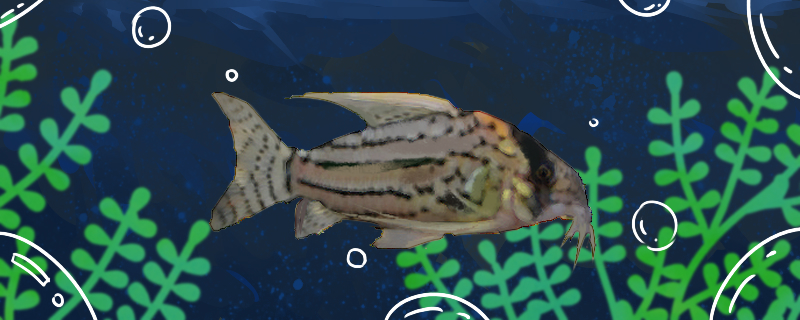 Is the long-snouted
Is the long-snouted ? The long-snouted super Schwartz rat fish is a kind of rat fish, native to Brazil. It is relatively simple to raise. They are more adaptable to water quality and temperature, less likely to get sick, and easier to feed. They are social fish, and if you want to keep them, you'd better buy more than five at a time. Do not change the water frequently when raising this kind of fish, because they have the habit of eating food residues at the bottom of the fish tank, so the water quality in the fish tank is better maintained.
This kind of fish is most suitable for polyculture with angelfish. They grow in similar environments. They grow in different waters in the tank. The food residues left by angelfish can be cleaned up by rat fish. The mouse fish is more lively and active, while the angelfish is leisurely and quiet, which makes up for each other in appreciation. Generally speaking, the long-snout super Schwartz ratfish has no special requirements for water quality, environment and temperature, and its environmental adaptability is relatively strong, so it is not difficult to raise.
2. Water temperature: Keep the water temperature within the range of 22-26 ℃ when raising at home. Maintaining the stability of water quality and temperature is conducive to their growth and reproduction.
3. Feeding: They prefer fresh animal baits. They can choose some common and economical baits for feeding. Shrimp, red nematode, blood worm, water flea and so on are commonly used baits. It should be noted that it must be cleaned and disinfected before feeding.